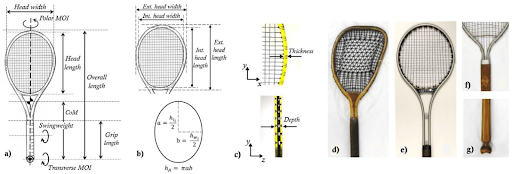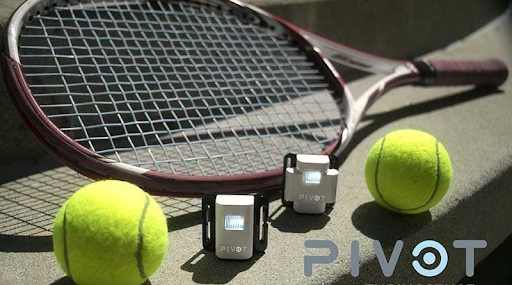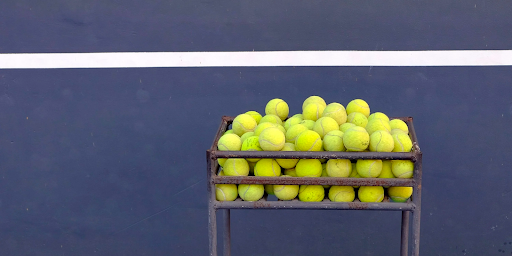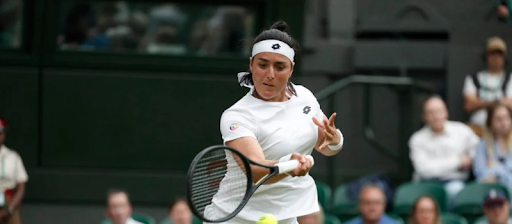By Maxime Battistella
Tennis, which started in the late 1800s, has changed a lot over time. It used to be a casual game, but now it’s a major sport that people all over the world love to watch and play. Talking about the future of tennis helps us guess how it will keep changing and growing.
It’s more than just guessing who the next top player will be or which country will be the best in tennis. It’s about looking at the big changes that will shape the sport in the future. This includes new technology, different ways of playing, and how tennis is becoming popular in more places. Plus, for those who like to take a chance, there’s the excitement of checking out tennis betting odds visit 1xbet to add an extra layer of enjoyment to the game.
By looking at these new trends, we can get an idea of what tennis might be like later on. This could be about how it’s played and coached, or how fans enjoy the game. Understanding these changes is important for everyone involved in tennis, like:
- players,
- coaches,
- fans,
- and businesses.
It helps them get ready for and even shape how tennis will change in the future.
Technological Innovations in Tennis
New technology has really changed tennis, especially with better ways to analyze data, use of wearable tech, and the growing use of virtual and augmented reality. Advanced analytics give players and coaches a lot of information about how they play, what their opponents do, and how matches go. This helps them make smarter choices about how to train and improve their game.
Wearable tech, like fitness trackers and sensors, is changing how players train and avoid injuries. These gadgets give instant updates on a player’s health and how they move, helping them train in a way that’s right for them. Also, analyzing how players move helps in fine-tuning their techniques to play better and stay injury-free.
In the future, virtual and augmented reality are going to make training in tennis even better. These technologies let players practice in virtual settings, so they can try out match situations without needing a real court. This makes training more flexible and fun, and it’s a great way to improve skills and strategies. All these tech changes are starting a new chapter in tennis, with more accuracy, personalization, and new ideas in both training and playing.
Changes in Player Training and Development

The way players train and develop in tennis is really changing. Now, we’re seeing new training methods and coaching that’s tailored to each player’s needs, thanks to technology and data. Instead of just following the same old routines, players are getting training plans that suit their specific skills and areas they need to improve. This isn’t just about getting physically stronger; it’s also about building mental toughness and learning smart strategies for the game.
The way coaches and trainers spot and help young players grow is also getting more advanced. They’re starting to use things like data analysis, genetic testing, and even AI to find and train promising young players. These new tools are making it easier and more effective to find and develop new tennis talents, making sure they get the right training from a young age. This means we might see even more great tennis players in the future, as these young talents get the best possible start.
The Evolution of Tennis Equipment

Tennis gear has changed a lot over time, showing how the sport keeps growing and getting better. In the beginning, tennis rackets were mostly made of wood, which was nice but didn’t offer much power or accuracy. But as time went on, new materials like graphite, carbon fiber, and titanium started to be used. These materials made rackets lighter and stronger, helping players hit the ball harder and more accurately.
Tennis balls have also changed a lot. They went from being handmade to being made in a way that they last longer and play better. Plus, tennis clothes have changed from just being white to being made of materials that help players feel more comfortable and move better.
All these improvements in tennis gear have made playing tennis better and more fun for everyone, no matter how skilled they are. It shows that tennis is always looking for new ways to improve and grow.
Future Developments in Racket and Ball Technology
The future of tennis rackets and balls looks really exciting, with new technologies that could change how the game is played. Racket technology is getting better, with new materials and designs that help players play better and stay safe from injuries. We might see rackets made from super-strong materials like graphene, which are also light and easy to handle. These rackets might even have special sensors that tell players how fast they swing and how they hit the ball, helping them improve right away.
Tennis balls are also getting an upgrade. They could be made from materials that last longer and keep their bounce and the way they fly through the air. We might even see “smart” tennis balls with tiny chips inside that track how fast and where the ball goes. This is great for players and coaches who want to understand their game better. These new technologies will not just make playing tennis more fun, but they could also change how players are coached and how they train, taking the sport to a whole new level.
Wearable Gear for Enhanced Performance

Wearable gear in tennis is a new trend that’s changing the way players get better at their game. This includes things like smartwatches and clothes with built-in sensors. They give players instant information about their body and how they’re doing during a game or practice.
For example, clothes with sensors can keep track of how much a player’s muscles are working, their body heat, and even how tired they are. This helps players and coaches look at important details like heart rate, how the player moves, and how much energy they’re using. This leads to training that’s more tailored to each player and more effective.
Also, this gear can help stop injuries before they happen by pointing out when a player is stressed or too tired. As these devices get more advanced, they give a mix of detailed health tracking and useful tips. This can really help a player’s stamina, skills, and overall play, marking a big step in how sports science is used in tennis.
Eco-Friendly and Sustainable Equipment Trends

In tennis, there’s a big move towards using equipment that’s better for the environment. This change is happening because people are more worried about the environment and want to make less of a negative impact. Now, companies are making tennis rackets from materials that are better for the planet, like things that can break down naturally or are recycled, instead of using materials that are not so good for the environment.
Tennis balls are also changing. Companies are making them in a way that they last longer and are made from materials that don’t harm the environment as much. This means less waste and less damage to the planet. Even the way these products are packaged and made is becoming more eco-friendly, using less plastic and other bad materials.
It’s not just about rackets and balls, either. There’s also more tennis clothing made from recycled materials and natural fabrics. All these changes are part of a bigger effort in sports to be more responsible about the environment. Tennis is doing its part to help look after our planet.
Conclusion
In conclusion, as we navigate through the dynamic landscape of tennis, it’s inspiring to witness the sport’s steadfast commitment to sustainability and eco-friendly practices. The shift towards using sustainable equipment, from biodegradable rackets to longer-lasting tennis balls, signifies more than just an industry trend; it’s a reflection of a deeper consciousness about environmental stewardship.
This move is crucial in ensuring that the beloved game of tennis not only thrives in the present but also preserves its essence for future generations. The adoption of eco-friendly practices extends beyond the court, influencing the choices of players and fans alike, and encouraging a more sustainable lifestyle.
As we embrace these changes, tennis continues to be more than just a sport; it becomes a beacon of positive change, demonstrating how passion and play can harmoniously coexist with ecological responsibility. The future of tennis looks bright and green, and as part of this community, we have the opportunity to contribute to this meaningful journey towards a more sustainable world.
Welcome to our blog! My name is Yuvraj Kore, and I am a blogger who has been exploring the world of blogging since 2017. It all started back in 2014 when I attended a digital marketing program at college and learned about the intriguing world of blogging.

